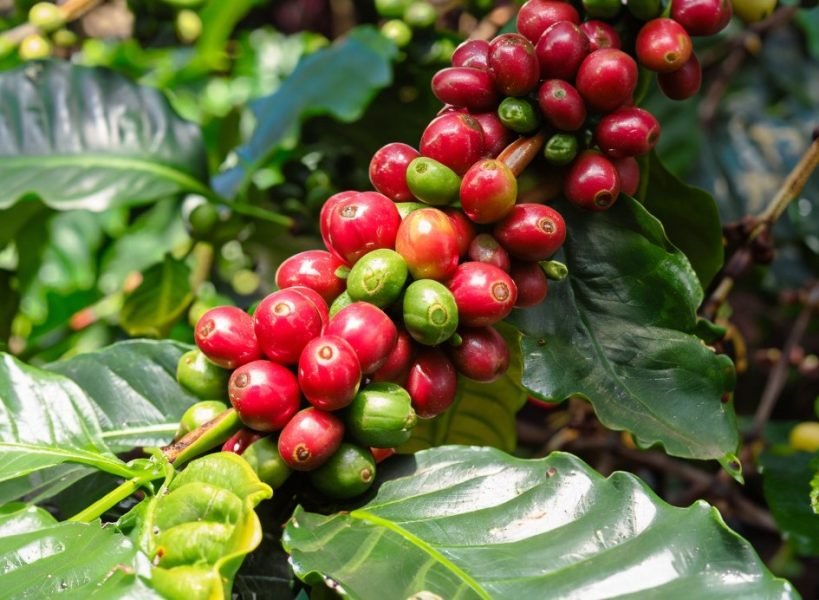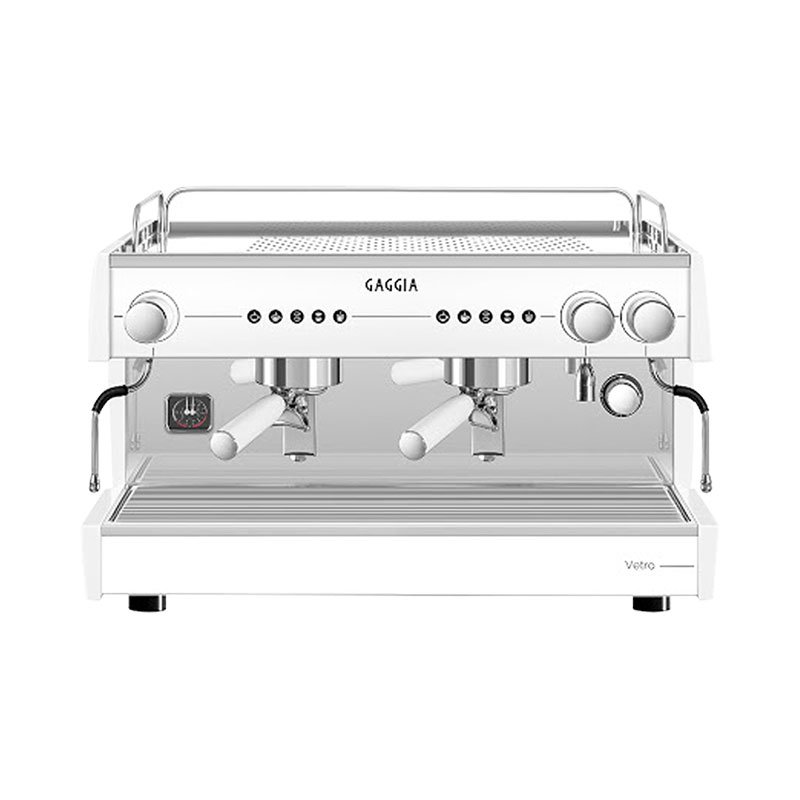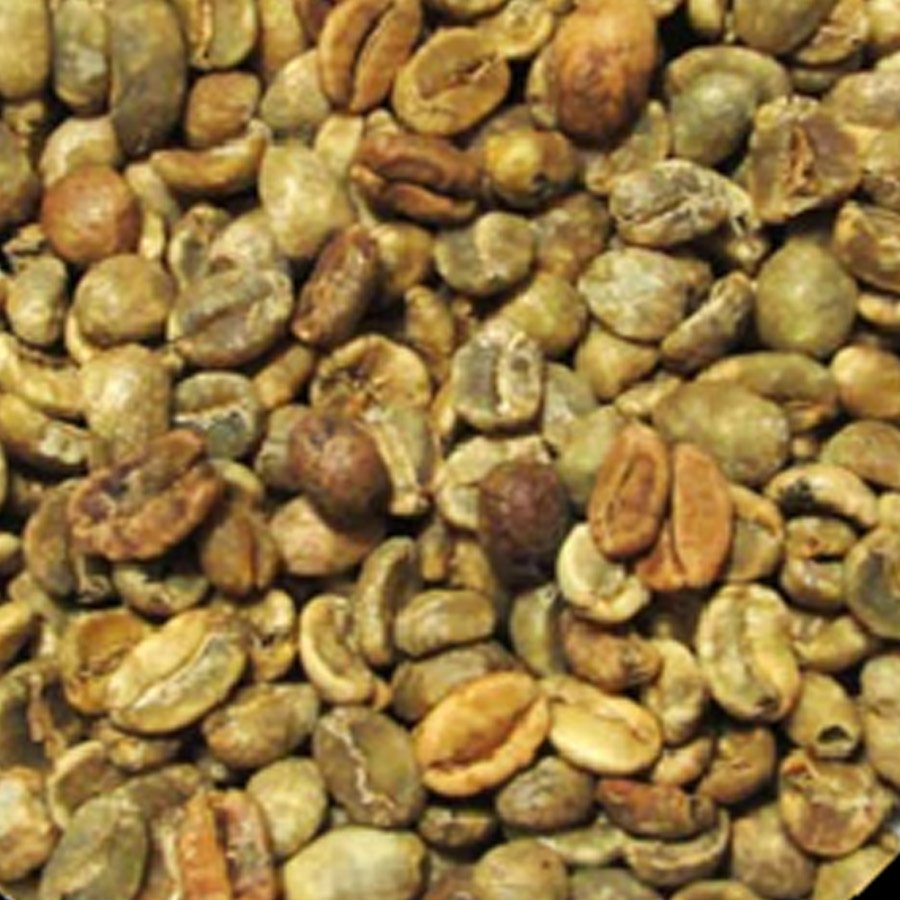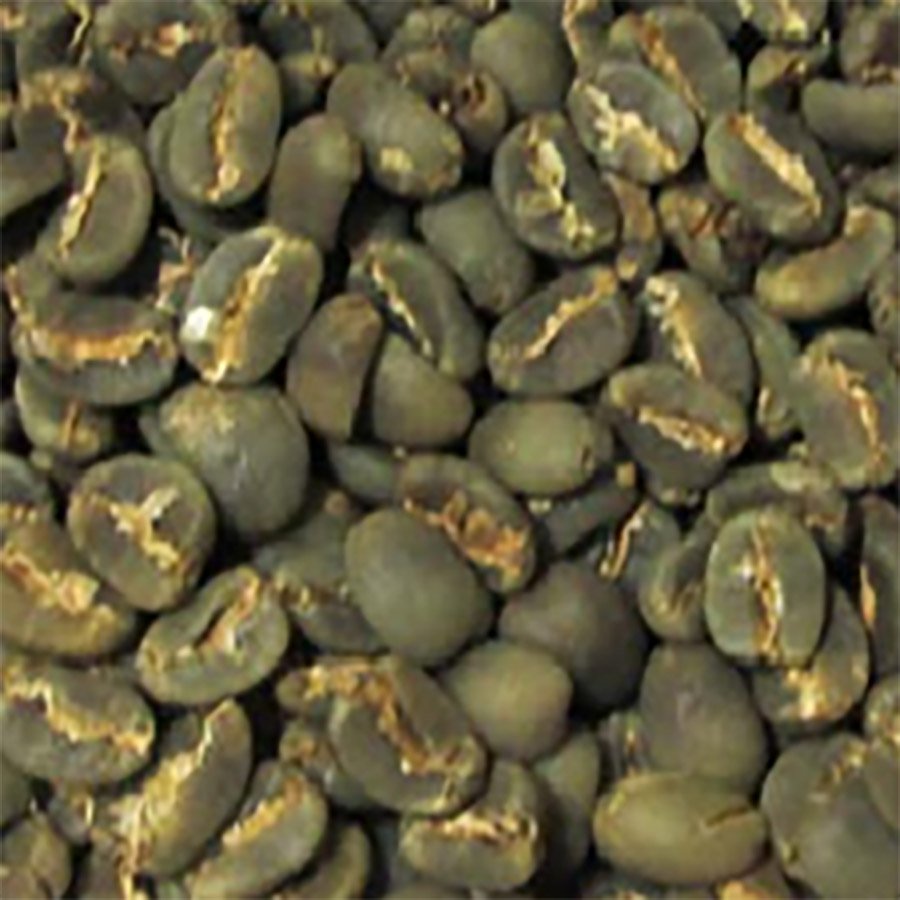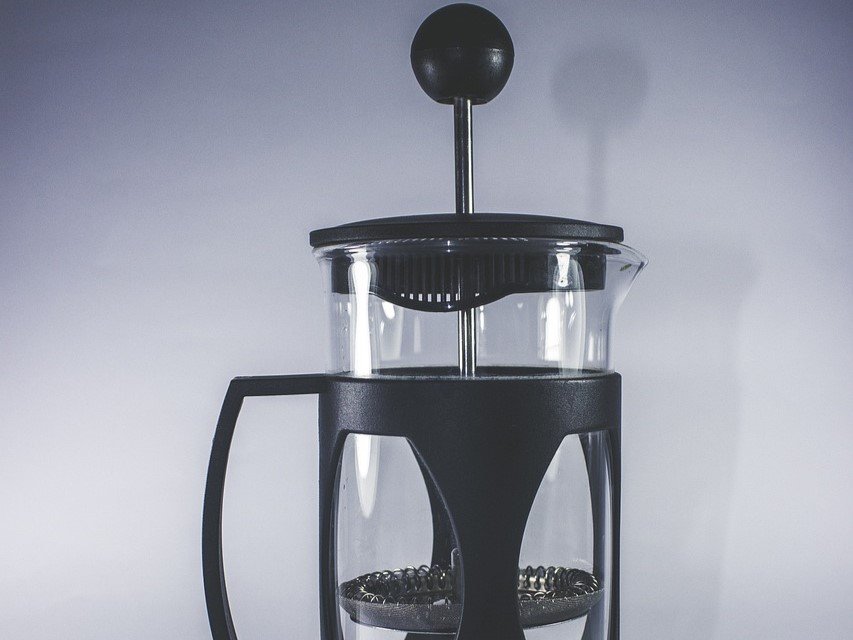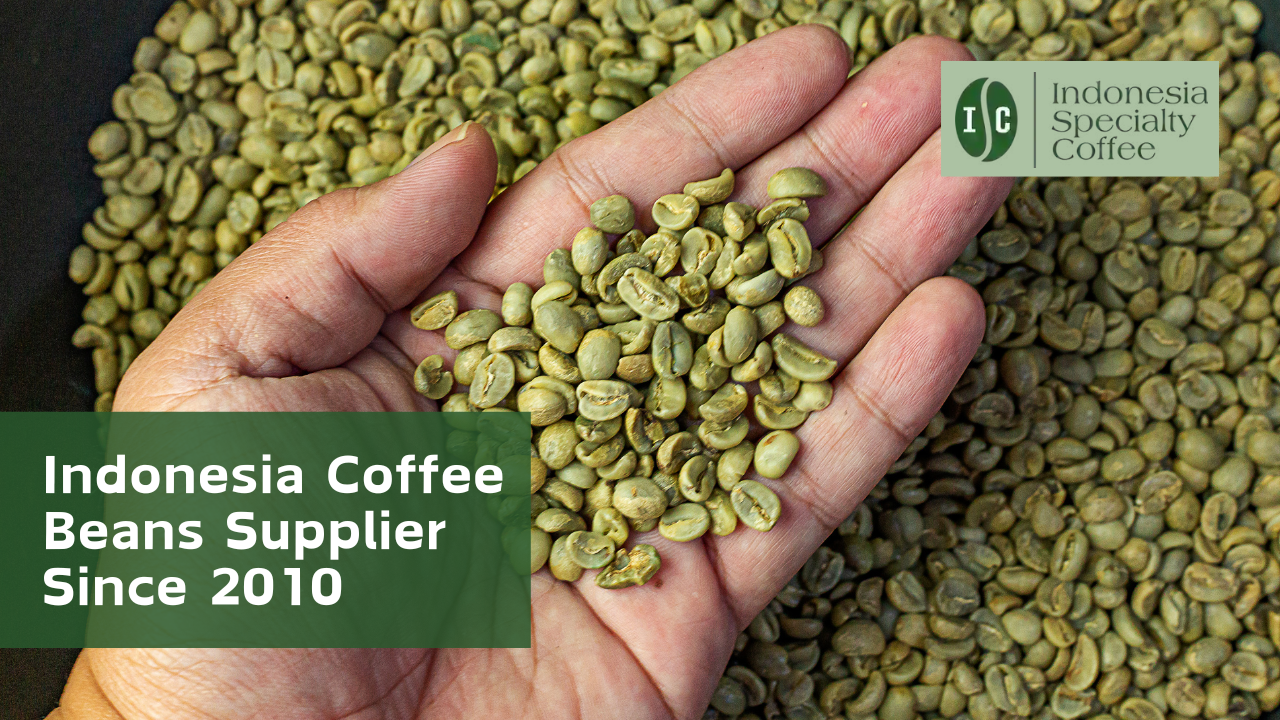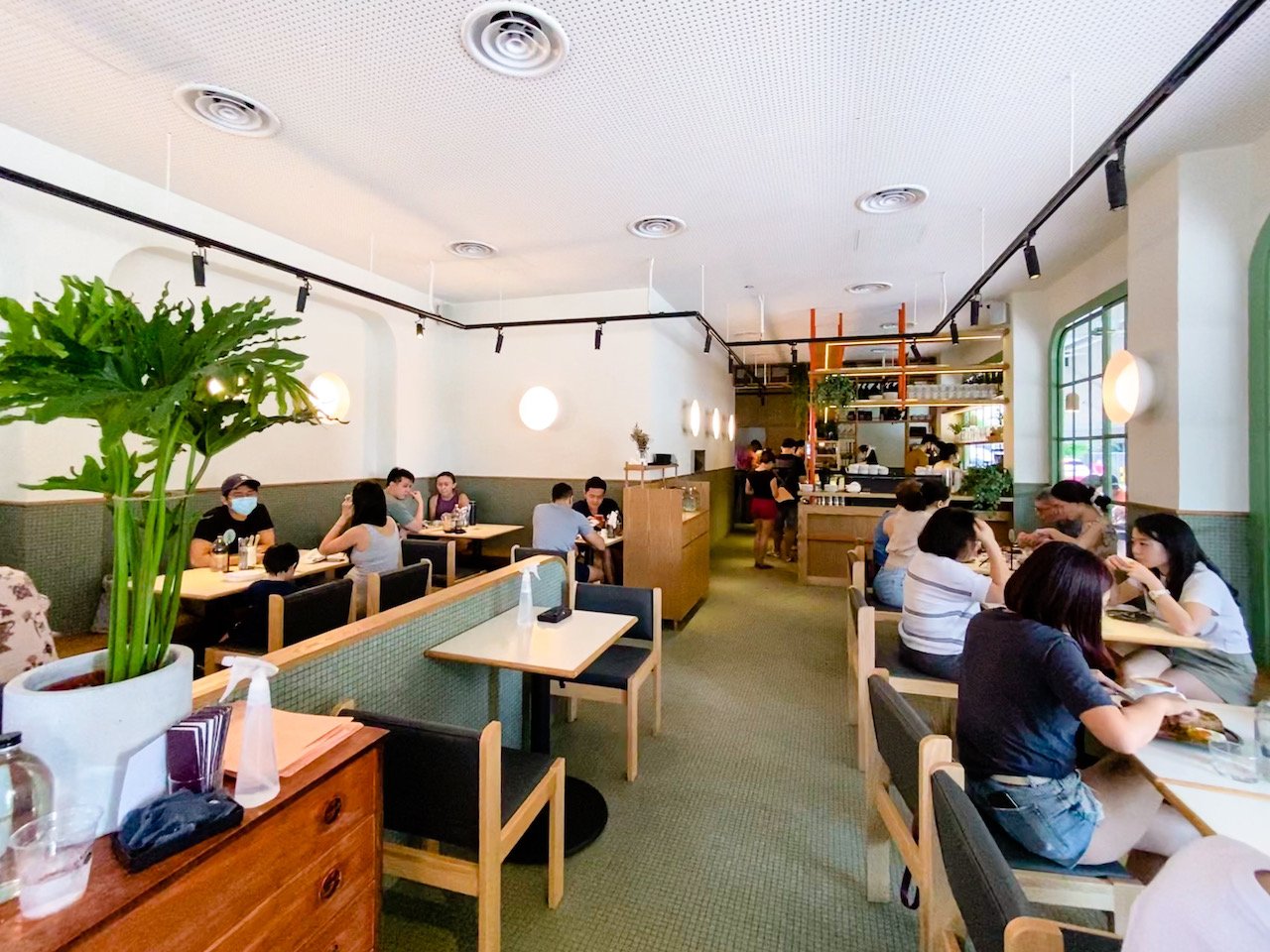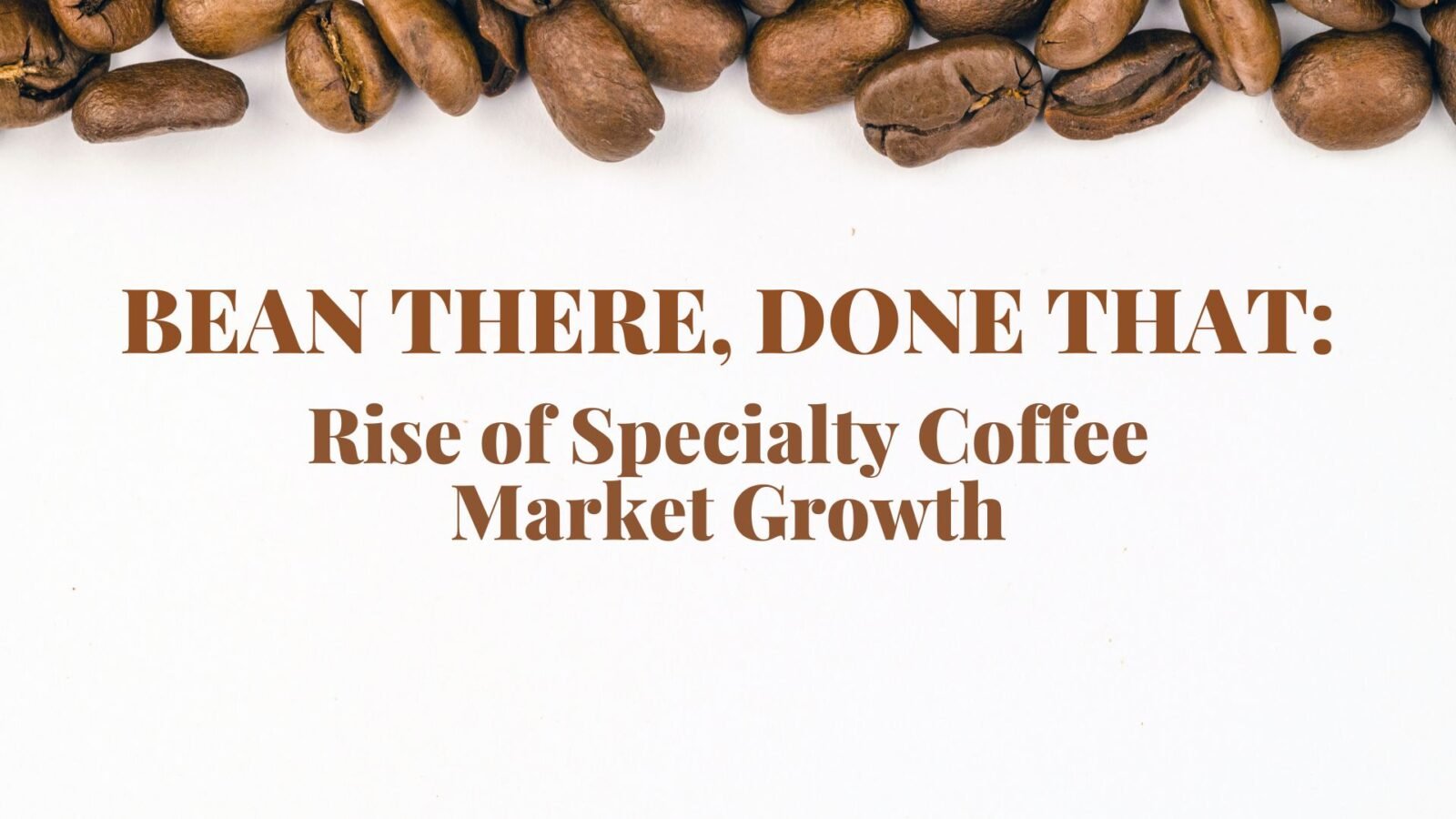Coffee, a beloved beverage enjoyed by millions around the world, has a long and fascinating journey from the coffee farms to your morning cup. At the heart of this journey are industrial coffee plants, where the magic of transforming coffee cherries into the aromatic, energizing brew takes place. In this exploration of industrial coffee plants, we’ll delve into the intricate processes, the environmental impact, and the innovations shaping the world of coffee production.
The Birthplace of Coffee
The story of coffee begins in the highlands of Ethiopia, where legend has it that an Ethiopian goat herder named Kaldi discovered the stimulating effects of coffee beans when his goats became unusually lively after consuming them. This chance discovery led to the cultivation of coffee plants in the region, setting the stage for a global phenomenon.
The Coffee Plant: From Seedling to Harvest
Coffee is primarily grown in tropical regions around the world, within a defined area known as the Coffee Belt. The two main species of coffee plants are Arabica and Robusta, each with its unique characteristics in flavor and growth requirements.
A. Cultivation and Harvesting
- Planting: Coffee cultivation begins with the planting of coffee seedlings in carefully selected locations. These plants require specific conditions, including the right altitude, rainfall, and temperature.
- Growth and Maintenance: Coffee plants demand constant attention, including pruning, pest control, and fertilization, to ensure healthy growth and maximum yield.
- Harvesting: Coffee cherries are typically harvested once they ripen. There are two primary methods: selective picking, where only the ripe cherries are harvested, and strip picking, which involves harvesting all the cherries at once.
B. Processing
- Wet Processing: In this method, the pulp is removed from the cherries, and the beans are fermented, washed, and dried. It is a precise process that influences the flavor profile of the coffee.
- Dry Processing: This method involves drying the whole cherries in the sun, allowing the pulp to be removed after drying. Dry processing is known for its unique, fruity flavor profiles.
Industrial Coffee Plants: The Heart of Production
Once the coffee cherries have been harvested and processed, they make their way to industrial coffee plants, where the beans are further refined and prepared for export and distribution. These plants are central to the coffee supply chain and play a crucial role in shaping the coffee’s quality.
A. Milling and Sorting
- Hulling: The first step involves removing the outer layers of parchment and parchment from the coffee beans, revealing the green coffee beans within.
- Grading: The beans are sorted based on size, weight, and quality. This step ensures that only the best beans make it into the final product.
B. Roasting
- Roasting Process: Roasting is an art form that transforms green coffee beans into the aromatic brown beans we recognize. The beans are heated to specific temperatures, causing chemical reactions that develop their flavor.
- Roast Profiles: Different roast profiles result in varying flavors, from light roasts with bright acidity to dark roasts with bold, smoky notes.
C. Grinding and Packaging
- Grinding: Industrial coffee plants grind the roasted beans to different consistencies, depending on the brewing method, whether it’s espresso, drip, or French press.
- Packaging: The final step involves packaging the ground coffee for distribution to retail stores or wholesale customers.
Sustainability and Environmental Impact
The coffee industry faces numerous sustainability challenges. Industrial coffee plants are increasingly aware of their environmental footprint and are taking steps to minimize it.
A. Sustainable Farming Practices
- Certifications: Many coffee producers are adopting sustainable certifications like Fair Trade and Rainforest Alliance to ensure ethical and environmentally responsible practices.
- Shade-Grown Coffee: Growing coffee under a canopy of trees not only enhances flavor but also preserves biodiversity and reduces deforestation.
B. Eco-Friendly Processing
- Water Recycling: Some industrial plants have implemented water recycling systems to minimize water usage during coffee processing.
- Waste Management: Efforts are made to repurpose coffee waste, such as coffee pulp, into compost or animal feed.
C. Ethical Sourcing
- Direct Trade: Some roasters and brands are establishing direct relationships with coffee farmers, ensuring fair compensation and better working conditions.
- Community Engagement: Industrial coffee plants are increasingly involved in community development initiatives, supporting the well-being of coffee-growing communities.
Technological Advancements
The coffee industry is no stranger to innovation, and industrial coffee plants are continually incorporating new technologies to improve efficiency and product quality.
A. Automation
- Sorting Machines: Automated sorting machines use optical sensors to detect defects and foreign objects among coffee beans.
- Roasting Profiles: Roasters use computer-controlled systems to precisely manage temperature and airflow, resulting in consistent roasting.
B. Quality Control
- Sensory Analysis: Advanced sensory analysis tools help identify subtle flavor notes and ensure consistent quality.
- Traceability: Blockchain technology is being explored to trace the journey of coffee beans from the farm to the cup, enhancing transparency.
Conclusion
Industrial coffee plants represent the culmination of centuries of coffee cultivation and production expertise. From the Ethiopian highlands to the bustling coffeehouses of the modern world, the coffee journey has evolved significantly. As consumers continue to demand high-quality, sustainable coffee, industrial coffee plants are at the forefront of meeting these expectations, combining tradition with innovation to ensure the coffee we enjoy today remains an integral part of our lives.

